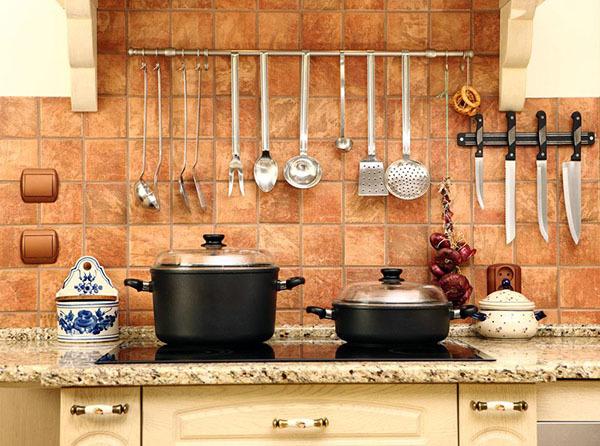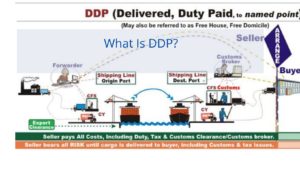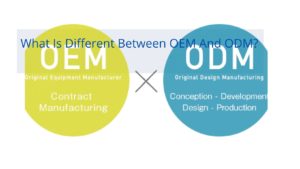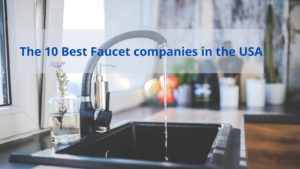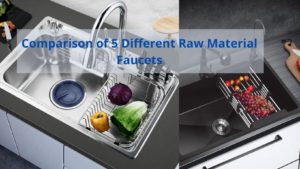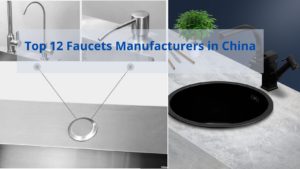Stay away from harmful materials, what are healthy kitchenware materials? Please be careful with these kitchen utensils and cutlery!
As living standards improve, people are paying more and more attention to their own health, and these everyday kitchen utensils are closely related to our dietary health and should not be taken lightly. Which kitchenware and cutlery materials are healthy? For these dishes and cutlery that come into direct contact with food, we may not pay much attention to them when we buy them, but there are some little-known secrets hidden in them. What kind of pots and pans are the safest; why should you use bamboo chopping boards; what are the advantages and disadvantages of ceramic and stainless steel cutlery?
Compare different materials
Comparison of different materials
Choosing materials for pots and pans
Chopping boards
Chopsticks
Cups
Selection of materials for food containers
Cutlery
Knives
Recommended reading
(i) Stainless steel
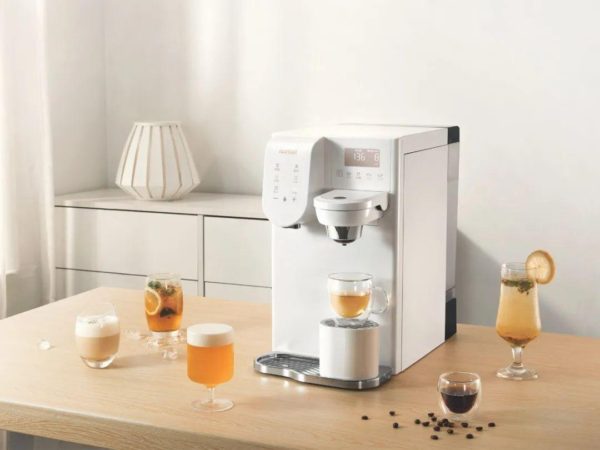
Advantages: food-grade stainless steel cutlery, kitchenware, etc., light weight, durable, healthy and non-toxic, can be said to be a good balance of heat, weight and quality. 304 stainless steel corrosion resistance, high strength, including 18-10 stainless steel is completely free of metal ion precipitation; 316 stainless steel due to the addition of Mo elements, more excellent than 304 stainless steel in terms of performance, can be used for more extreme conditions and is often advertised as a medical grade.
Disadvantages: stainless steel from iron, chromium, nickel alloy, and then mixed with molybdenum, titanium, cobalt and manganese and other trace elements and made, so non-food-grade stainless steel and substandard stainless steel made of tableware and kitchenware, long-term holding dishes or too acidic and alkaline food will lead to the precipitation of harmful metal ions, people eat into the body is very detrimental to health.
(ii) Iron
Advantages: Iron does not contain any special chemicals, is resistant to oxidation and is very strong, durable and evenly heated. Generally speaking, iron products are cheap and relatively simple to cast and easy to use.
Disadvantages: One problem that is usually inevitable with iron products is rusting, which requires good maintenance in our daily life. And if it’s not a big brand, pots made from iron that has been loaded with harmful substances will volatilise at high temperatures.
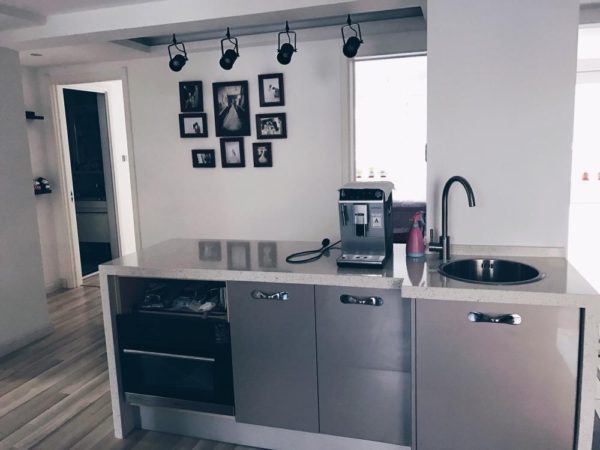
(iii) Alloy
Pros: Alloy materials are usually fully oxidised on the surface, so they stand up to the test in terms of safety indicators, and are lighter in quality, so frying is easier and there is basically no rusting etc.
Disadvantages: Alloy products that are not of good quality will precipitate harmful substances in use, and the chemical coating on the surface will easily fall off at high temperatures or after long use. Long-term use, will ingest too much aluminium is detrimental to health, small workshop products may appear to be substandard.
Kitchen equipment supplies
(iv) Sand – ceramic
Advantages: Aeration, adsorption, even heat transfer and slow heat dissipation. The casserole can transfer the external heat to the internal raw materials in a balanced and lasting manner. The relatively balanced ambient temperature is conducive to the mutual penetration of water molecules and food, and the more fresh and fragrant ingredients overflow, the fresher and more mellow the taste of the simmered soup.
Disadvantages: casserole is a traditional cooking utensil in Chinese households, as the material contains the element lead, which can be exceeded if a substandard casserole is used. Do not use casseroles with a coloured interior, as storing corrosive liquids can also lead to the precipitation of harmful elements.
(v) Bamboo
Benefits: Qualified bamboo products are the healthiest, usually natural, stronger and less prone to cracking or slagging, dirt is less likely to be stuffed in the cracks, cleaner and more convenient to clean. It is also a good choice for kitchenware as it dries easily and does not smell easily.
Disadvantages: The disadvantage of bamboo is that it is not thick enough, mostly spliced, and cannot withstand heavy blows when used. The same as solid wood, bamboo has high water absorption and is prone to mould in humid places, attaching moulds that are harmful to the body and easily generating bacteria and microorganisms that are harmful to the human body and require regular disinfection.
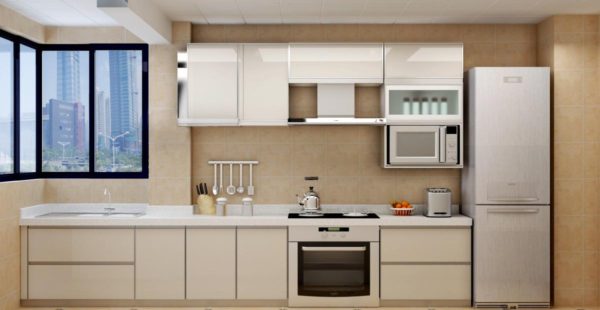
(vi) Wood
Advantages: solid wood is very thick and tough, and the tableware made of it is more textured. Solid wood uses less glue and has no artificial additives, making it more natural and environmentally healthy. Solid wood chopping boards are also more suitable for handling some hard things when in use.
Disadvantages: solid wood uses natural wood, the price is higher, exposure to the sun is easy to deformation and cracking, because of the strong water absorption of solid wood products, not easy to air dry, if a long time in a humid environment, and easy to mould, leading to intestinal diseases. Solid wood chopping boards are easy to chop out of wood residue when in use, and after a long time, the cut marks tend to accumulate dirt and are not easy to clean.
(vii) Plastic
Advantages: Tableware and kitchenware made of plastic are stylish and rich in shape, which many women and children like very much. In addition, plastic
Translated with www.DeepL.com/Translator (free version)
Please be careful with these kitchen utensils and cutlery!
As living standards improve, people are paying more and more attention to their own health, and these everyday kitchen utensils are closely related to our dietary health and should not be taken lightly. Which kitchenware and cutlery materials are healthy? For these dishes and cutlery that come into direct contact with food, we may not pay much attention to them when we buy them, but there are some little-known secrets hidden in them. What kind of pots and pans are the safest; why should you use bamboo chopping boards; what are the advantages and disadvantages of ceramic and stainless steel cutlery?
Compare different materials
Comparison of different materials
Choosing materials for pots and pans
Chopping boards
Chopsticks
Cups
Selection of materials for food containers
Cutlery
Knives
Recommended reading
(i) Stainless steel
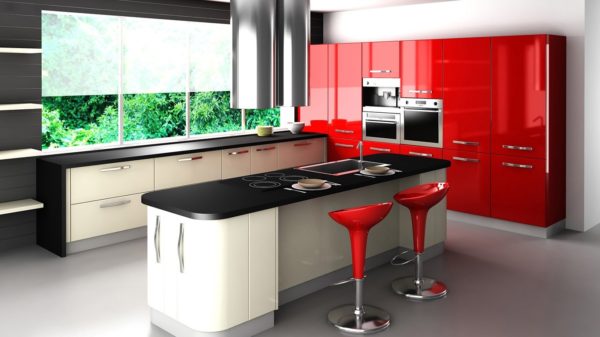
Advantages: food-grade stainless steel cutlery, kitchenware, etc., light weight, durable, healthy and non-toxic, can be said to be a good balance of heat, weight and quality. 304 stainless steel corrosion resistance, high strength, including 18-10 stainless steel is completely free of metal ion precipitation; 316 stainless steel due to the addition of Mo elements, more excellent than 304 stainless steel in terms of performance, can be used for more extreme conditions and is often advertised as a medical grade.
Disadvantages: stainless steel from iron, chromium, nickel alloy, and then mixed with molybdenum, titanium, cobalt and manganese and other trace elements and made, so non-food-grade stainless steel and substandard stainless steel made of tableware and kitchenware, long-term holding dishes or too acidic and alkaline food will lead to the precipitation of harmful metal ions, people eat into the body is very detrimental to health.
(ii) Iron
Advantages: Iron does not contain any special chemicals, is resistant to oxidation and is very strong, durable and evenly heated. Generally speaking, iron products are cheap and relatively simple to cast and easy to use.
Disadvantages: One problem that is usually inevitable with iron products is rusting, which requires good maintenance in our daily life. And if it’s not a big brand, pots made from iron that has been loaded with harmful substances will volatilise at high temperatures.
(iii) Alloy
Pros: Alloy materials are usually fully oxidised on the surface, so they stand up to the test in terms of safety indicators, and are lighter in quality, so frying is easier and there is basically no rusting etc.
Disadvantages: Alloy products that are not of good quality will precipitate harmful substances in use, and the chemical coating on the surface will easily fall off at high temperatures or after long use. Long-term use, will ingest too much aluminium is detrimental to health, small workshop products may appear to be substandard.
(iv) Sand – ceramic
Advantages: Aeration, adsorption, even heat transfer and slow heat dissipation. The casserole can transfer the external heat to the internal raw materials in a balanced and lasting manner. The relatively balanced ambient temperature is conducive to the mutual penetration of water molecules and food, and the more fresh and fragrant ingredients overflow, the fresher and more mellow the taste of the simmered soup.
Disadvantages: casserole is a traditional cooking utensil in Chinese households, as the material contains the element lead, which can be exceeded if a substandard casserole is used. Do not use casseroles with a coloured interior, as storing corrosive liquids can also lead to the precipitation of harmful elements.
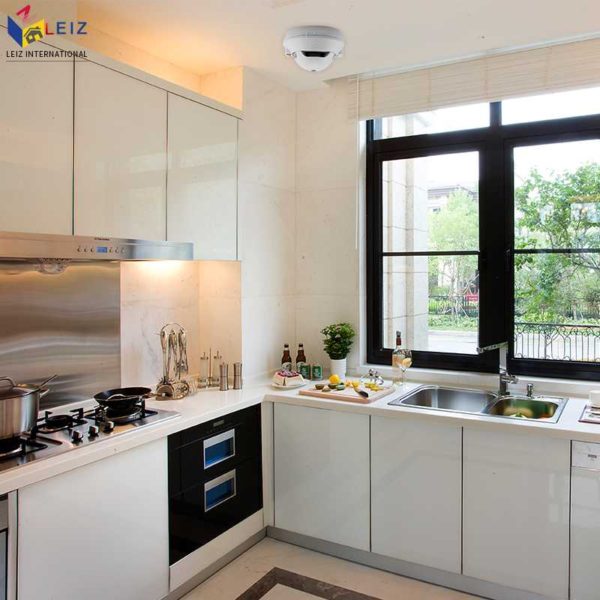
(v) Bamboo
Benefits: Qualified bamboo products are the healthiest, usually natural, stronger and less prone to cracking or slagging, dirt is less likely to be stuffed in the cracks, cleaner and more convenient to clean. It is also a good choice for kitchenware as it dries easily and does not smell easily.
Disadvantages: The disadvantage of bamboo is that it is not thick enough, mostly spliced, and cannot withstand heavy blows when used. The same as solid wood, bamboo has high water absorption and is prone to mould in humid places, attaching moulds that are harmful to the body and easily generating bacteria and microorganisms that are harmful to the human body and require regular disinfection.
(vi) Wood
Advantages: solid wood is very thick and tough, and the tableware made of it is more textured. Solid wood uses less glue and has no artificial additives, making it more natural and environmentally healthy. Solid wood chopping boards are also more suitable for handling some hard things when in use.
Disadvantages: solid wood uses natural wood, the price is higher, exposure to the sun is easy to deformation and cracking, because of the strong water absorption of solid wood products, not easy to air dry, if a long time in a humid environment, and easy to mould, leading to intestinal diseases. Solid wood chopping boards are easy to chop out of wood residue when in use, and after a long time, the cut marks tend to accumulate dirt and are not easy to clean.
(vii) Plastic
Advantages: Tableware and kitchenware made of plastic are stylish and rich in shape, which many women and children like very much. In addition, plastic
Disadvantages: Plastic is brittle and will deform and melt when used at high temperatures for a long time, thus producing substances harmful to the body. Substandard and shoddy plastic or plastic that has been loaded with harmful substances back into the production of plastic products, once loaded with high temperature boiling water, freshly cooked dishes or microwave heating, it is easy to volatilise harmful substances.
